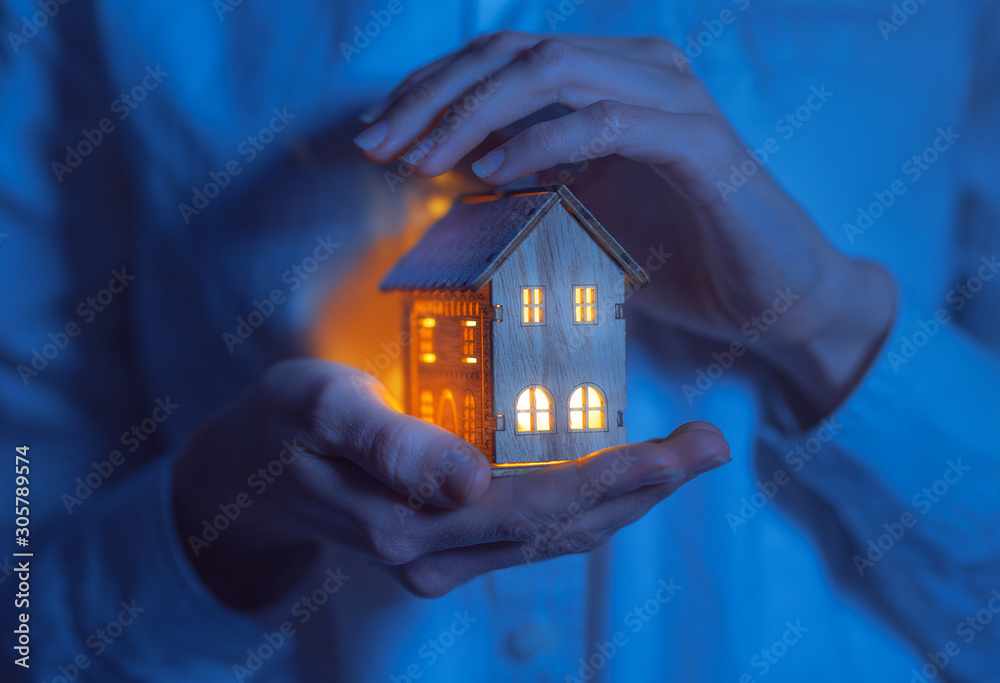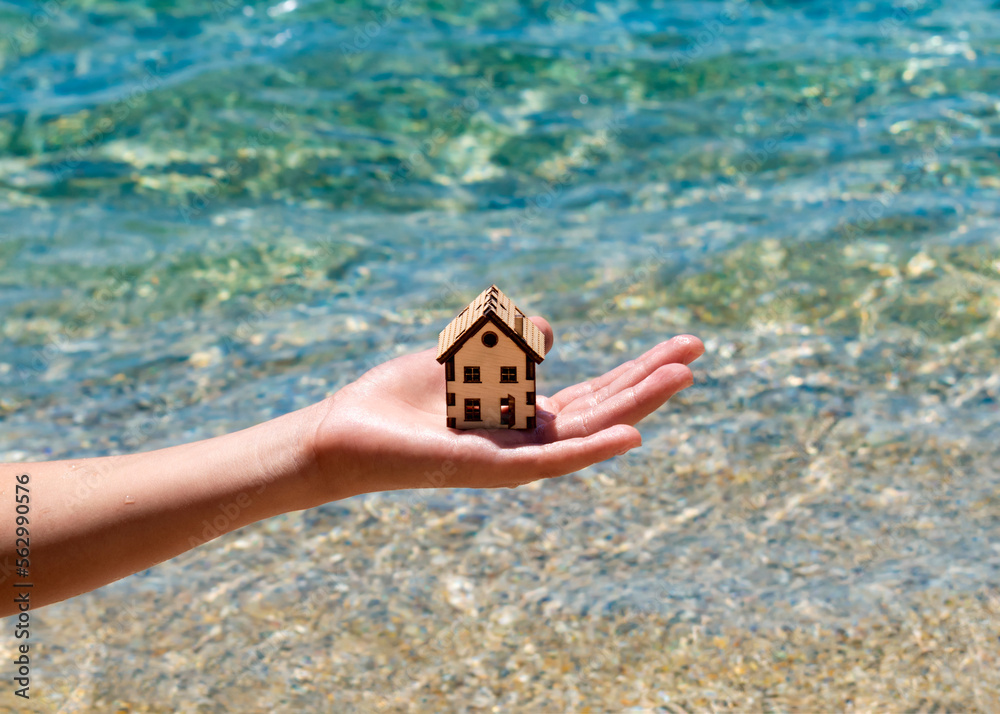When you’re looking to build a home or commercial structure, it’s important that you choose the right construction materials. In order to ensure that your structure is environmentally-friendly and sustainable, you’ll need to consider using green building materials.
AAC Blocks are one such option. These blocks are lightweight, durable, easy to transport and thermally insulating. They also have a long lifespan compared with other types of brick-and-mortar products on the market today.
As a result, it distinguishes them from the more common red bricks. AAC blocks were introduced to the Swedish construction industry in the late 1920s. Today, it is widely used in residential, commercial and industrial buildings. AAC blocks are versatile and can be used to build both exterior and interior walls on all kinds of structures.
Why AAC Blocks by Big Bloc Construction Ltd. are an environmentally friendly construction material.
Heat Protection
The AAC block combines hydrogen and tiny air pockets, forming concrete. This material warms the room during the winter and cools it during the summer, reducing air-conditioning system usage by at least 25%.

Non-Toxic
AAC products are breathable, non-toxic, and aerated. These qualities make AAC a premier concrete construction material for houses. Similarly, AAC products make ideal building materials for sensitive areas such as schools, colleges, hospitals and hotels.
Pest-Repellent
AAC blocks by Big Bloc Construction Ltd. can be a more environmentally-friendly option for pest control. Aerated concrete is composed of inorganic materials that make it resistant to pest damage. Because termites and insects cannot penetrate its porous surface, pesticides that would harm the environment are avoided.
Prevents soil erosion:
Aerated concrete blocks manufactured by Big Bloc Construction Ltd. are an effective water- and soil-retention device that prevents soil erosion. In contrast to traditional red bricks, which require soil to manufacture, AAC makes use of fly ash–which can be recycled–and is non-hazardous construction material.
Water consumption:
You might be surprised to hear that you can use less water when building with Autoclaved Aerated Concrete blocks. The reason is that AAC uses less water during construction than red bricks. When it comes to preserving water, AAC is a top choice.

Soundproof:
The sound-absorbing qualities of AAC soundproof bricks are well recognized. As a result, they are ideal for residential buildings, lodging facilities, and educational institutions. You can cut sound transmission by 7dB by putting AAC blocks in your building’s walls, floors, and roofs!
Green-housing effects:
Aerated brick buildings are an excellent way to build green homes. Not only do they help the environment, but they also allow you to keep your soil from deteriorating. Fly ash, a byproduct of coal combustion that is usually dumped into the ground, is used to produce AAC bricks.
Final Words
Thanks to their ease of use and eco-friendly qualities, AAC blocks are a viable alternative for anyone who wants to take action against global warming. If you’re looking for an efficient and easy-to-use construction material, then you can’t go wrong with AAC blocks. You’ll never have to worry about going green if you decide to use these amazing blocks, so get in touch with Big Bloc Construction Ltd. for your upcoming projects.
